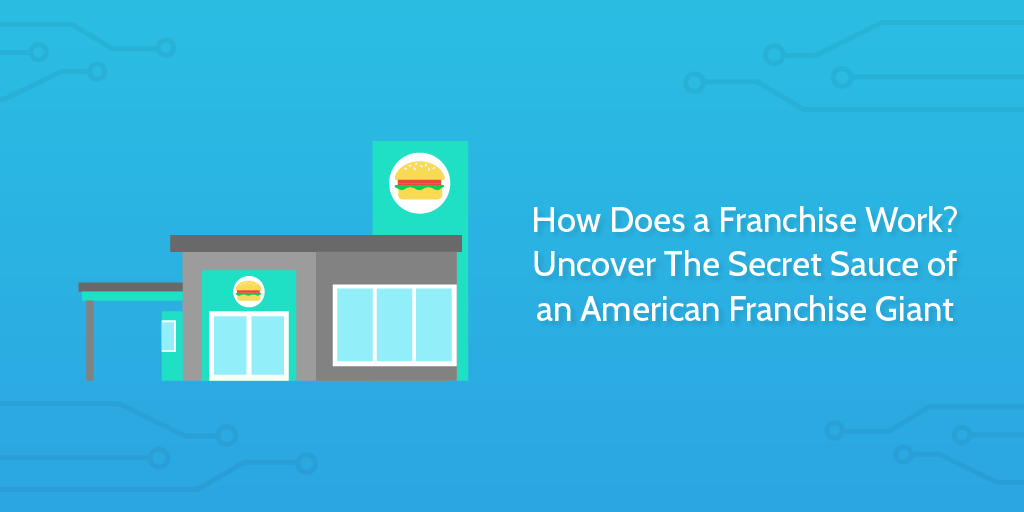 The franchise model of doing business is a decidedly American affair.
The franchise model of doing business is a decidedly American affair.
The concept marries the power and scale efficiencies of large corporate bodies with the entrepreneurialism and hard work of mom-and-pop small business.
According to the United States International Trade Association:
there are over 780,000 franchise businesses that directly employ over 8.8 million people and account for over $890 billion in direct economic output.
The franchise model is one of the powerhouses of the US economy and features countless household names – McDonald’s being one of its truly global successes.
In this Process Street article, we’ll look at:
- What a franchise is, and the costs associated with starting one
- What the 2016 film The Founder tells us about the origin story of McDonald’s
- The role the Founding Fathers played in the history of franchises
- What systems McDonald’s used to propel their franchised successes
How does a franchise work?
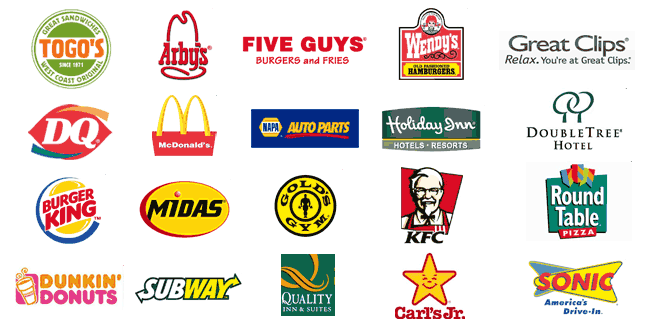
A franchise business is one where an entrepreneur licenses another company’s brand in order to run their own business.
It might be a McDonald’s outlet, a Subway, or a Ben & Jerry’s.
All these companies already have their own branding, their own products, and their own operational processes.
When you decide to open a franchised branch of one of these companies, you pay the parent company an initial startup fee, receive support and guidance on how to run your business, and then you give the parent company a portion of your sales revenue as your business moves forwards.
This comes with many advantages for an entrepreneur:
- You start with a market tested product
- You have interested customers from the moment you open
- You receive coaching and support as part of your venture
- You begin with organizational systems which work
As Lee Ann Obringer describes it:
Think of franchising as paying someone for his or her business strategy, marketing strategy, operations strategy, and the use of his or her name. That’s pretty much what franchising is — you are establishing a relationship with a successful business so you can use its systems and capitalize on its existing brand awareness in order to get a quicker return on your own investment.
Here lies the power of franchising: it speeds up the return on investment for a small business owner.
Moreover, we know it’s a successful model as we see franchised restaurants and shops in every city and town – the model works, so your risk is lower.
How much does it cost to get started?
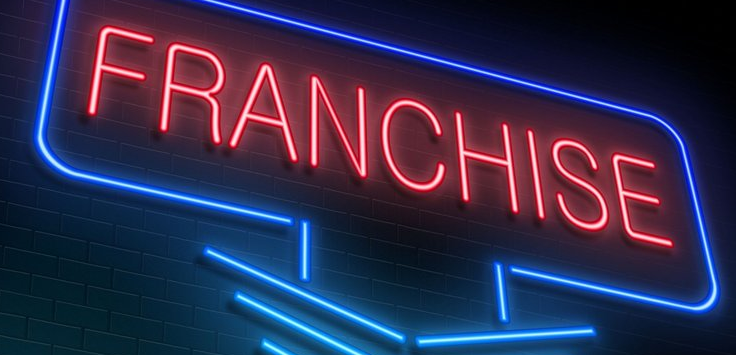
Initial licensing fees vary depending on which company you want to franchise with.
Anna Green, writing for Mental Floss, presents us with 11 different options and their initial up-front franchise fees:
- Subway: $15,000 – But you also need a minimum net worth of $80,000 and minimum liquid assets of $30,000.
- Krispy Kreme: $12,500 – $25,000 – As with all franchise options, this initial licensing fee pales in comparison to the total cost. Krispy Kreme say the following on their website: “The initial investment to begin operation of a Krispy Kreme restaurant franchise ranges from $275,000 to $1,911,250, depending on the concept chosen.”
- Pizza Hut: $25,000 – Here Pizza Hut put stronger specifications than Subway with a required net worth of $700,000 and liquid assets of at least $350,000
- Cold Stone Creamery: $12,000 – $27,000 – Cold Stone Creamery tell us: “The total investment estimate for a Cold Stone Creamery franchise ranges from $50,200 to $467,525.”
- Ben & Jerry’s: $37,000 – You need a minimum net worth of $350,000 and $100,000 in liquid assets and to be “socially conscious” and “active in your community”.
- Wendy’s: $40,000 – Wendy’s don’t mess about. You need a net worth of $5 million with $2 million in liquid assets. Wendy’s ain’t no joke.
- Taco Bell: $45,000 – Like Wendy’s, Taco Bell requires you be a millionaire to open one of their stores. $1.5 million net worth with half of that liquid. There are no Taco Bells in Mexico – cuidate.
- McDonald’s: $45,000 – There’s no specification about net worth but you’ll need $750,000 in liquid assets. You’ll also expect to spend “anywhere from $685,750 to $1,504,000” in total costs to open.
- KFC: $45,000 – KFC stipulate 1.5 mil net worth required and half in liquid. Finger lickin’ expensive.
- Sonic Drive-In: $45,000 – The franchise fee is a fairly new addition for Sonic, but with $1 million in required liquid assets it hardly seems prohibitive.
- Dunkin’ Donuts: $40,000 – $90,000 – The franchise fees are on the higher end of the spectrum but the $250,000 net worth opens the opportunity up to more potential business owners.
For extra context, here’s a break down of the leading franchise firms:
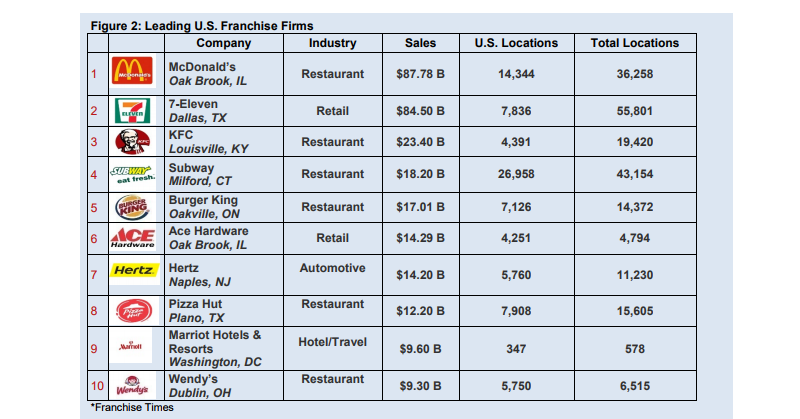
Now, you might be asking: what good is it to know the franchising fee when the overall startup costs comes to 10 to 20 times as much? Where does this all go?
I’m glad you asked.
If we look at the Cold Stone Creamery break down of costs we find a range of extras that tag onto the franchise fee.
These items are given as a price range and depend on the specifics of the store, but let’s have a look at associated costs in the startup process:
- Rent/Security Deposit (for 3 months): $2,500 to $26,000
- Leasehold Improvements: $88,000 to $200,000
- Exterior Signage: $9,700 to $12,000
- Equipment: $99,000 to $130,000
- Grand Opening Advertising: $5,000 to $10,000
- Permits and Licenses: $2,000 to $3,000
- Additional Funds -3 month initial period: $20,000
These are just a few of the costs Cold Stone Creamery list which collectively amount to $261,625 to $467,525.
And even then, they add the clarifying statement:
Does not include real estate costs, construction of the building or rent for the business location except for the initial security deposit.
What we can learn from this is something we already know: it takes commitment to start a business.
How McDonald’s became one of the biggest franchises in the world
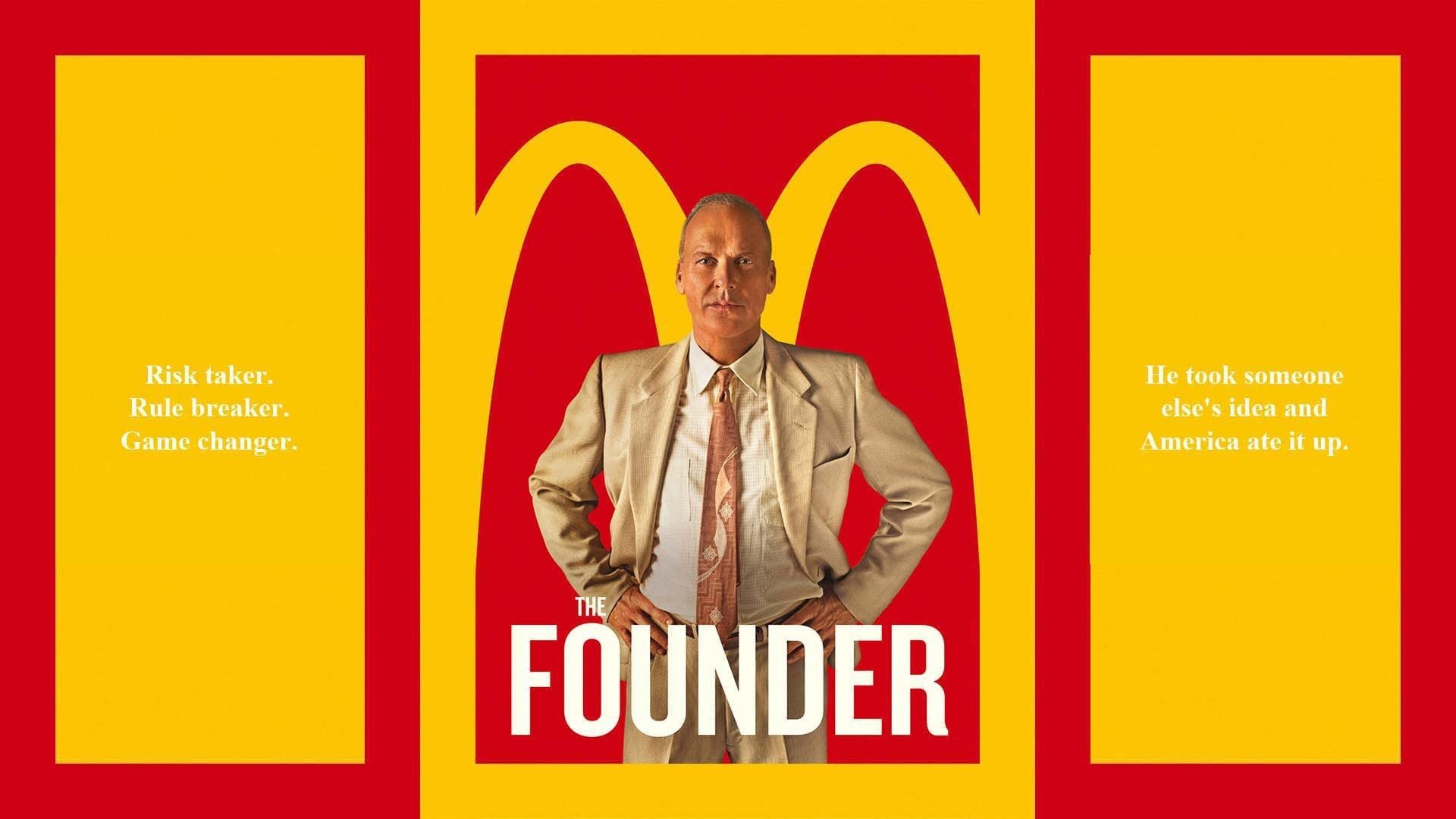
The Founder (2016) tells this story of commitment, and presents the different perspectives of the early key figures.
The film tells that story through the protagonist Ray Kroc, a milkshake machine salesman who tasted his first McDonald’s burger and knew he had to pair with these two brothers to build a hamburger-producing colossus.
Starring Michael Keaton as an enigmatic yet charismatic Kroc, we follow through his persuasion of the McDonald brothers and the conflict which emerges from these competing visions.
The McDonald burger-innovators Dick and Mac, played by Nick Offerman and John Carroll Lynch, are extremely good at what they do with an artisanal commitment to their craft, seeing the restaurant as their creation and as something which should hold to its original vision; their original vision.
They are the innovators and organizers. The brothers created an efficient and effective system – one so effective that its inherent scalability became the knife Kroc wielded as he stabbed them in the back.
Peter Aspden for the Financial Times captures the film with his quote:
The unequal power struggle between the two sides is pathetic to watch: Kroc is single-minded to the point of ruthlessness; the McDonalds uselessly cling to a concept of integrity — they fear the loss of quality — that will undermine their attempt to keep control of what will soon be known as their “brand”. It is, if you like, two types of American greatness, the sharp-elbowed and the morally earnest, wrestling for the soul of the nation.
That struggle represents both the expansionist growth-oriented aspects of business and the quality-focused product-centric organizational rigor required for success.
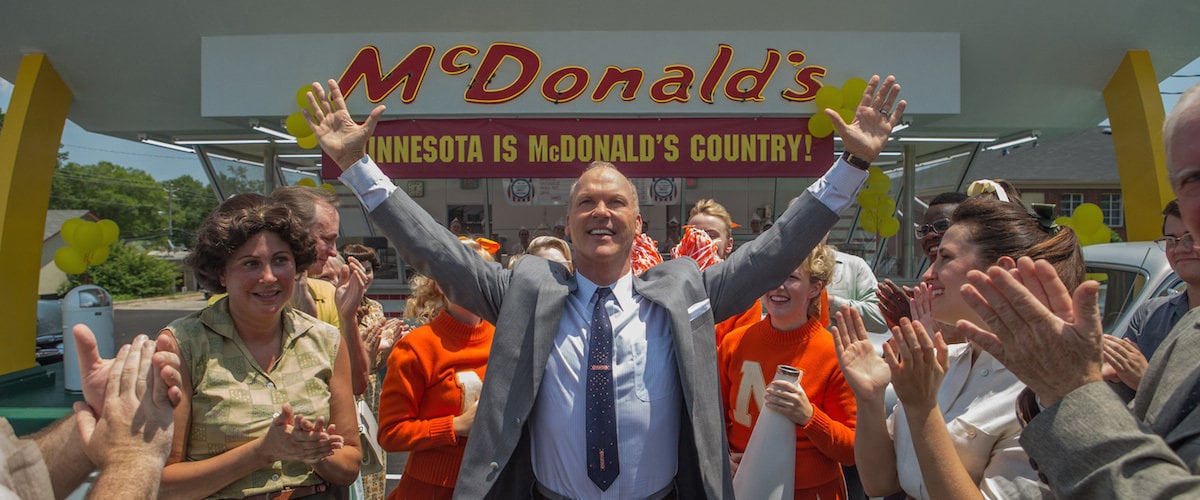
What Kroc saw in the brothers’ creation was an effective system. One so effective that it could be replicated again and again with ease – cutting overheads on staff, real estate, and stock while driving up the turnover of customers. For Kroc, it had to be franchised and it had to grow.
Around this core model could be appended other products or revenue streams; from a slowly expanding menu to sponsorship and advertising.
McDonald’s in the end expands beyond the brothers and leaves them behind, with Kroc pushing the business to new levels of success and national renown.
Kroc is not the hero in the film, nor is he the villain. Kroc is an anti-hero.
Without either party, the McDonald’s we know now – a US symbol at home and overseas – would likely not exist.
This honest storytelling is required to give us a view into reality. It leaves the audience without anyone to cheer for, choosing instead to display a dynamic capable of broader social reflection.
Kroc is described by Aspden as:
the man who turned that hamburger into a symbol of American cultural dominance and soft power.
Slight hyperbole aside, it makes sense that one of the modern US symbols would owe its success to a model as American as franchising…
The Founding Father who started the first franchise
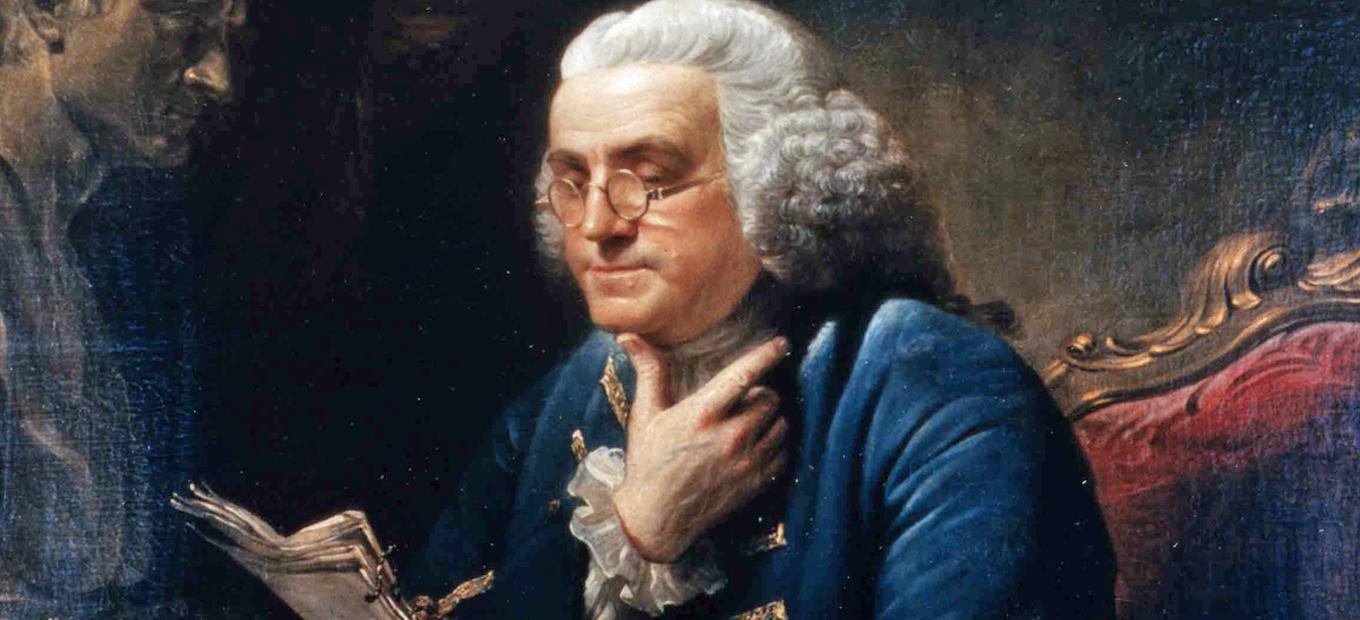
Often, the development of the franchise model is attributed to Albert Singer, the son of the founder of I&M Singer Company. This is often repeated as if an accepted fact:
- What is The History of Franchising in The United States?
- Fun Franchise Fact: Albert Singer
- A Brief History of Franchising
However, thanks to research undertaken by Michael H. Seid, who sits on the Board of Directors of the William Rosenberg International Center of Franchising at the University of New Hampshire, we know this claim lacks sufficient standing.
This partly comes down to how we understand franchising. Singer employed a kind of commercial franchising whereby he had agents sell and repair his sewing machines.
But franchising defined as access to sell or distribute a product which another person has ownership of, is a very broad way to apply the definition.
As Lloyd Tarbutton points out in his book Franchising – The How To Book, one could argue that the first franchise was a chain of stores in China in 200 BC owned by a man called Lo Kass. Seid even points out that the feudal system of governance common in Europe through the middle ages was based on the concept of franchise; collecting revenue from land, franchised from King to Lord.
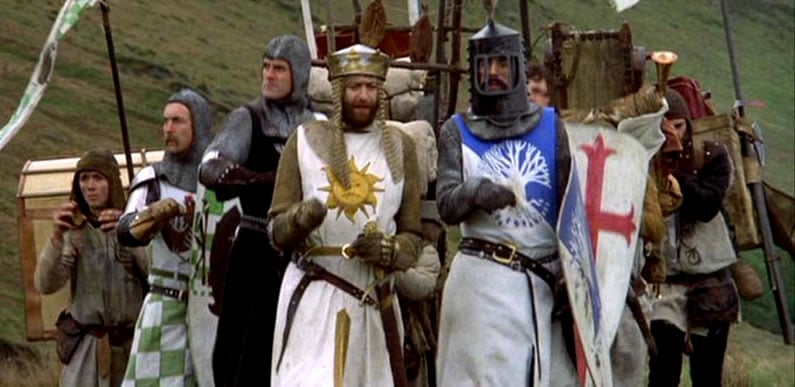
However, as Seid notes in a more recent article for The Balance, likely the earliest recorded form of commercial franchising which we would recognize as comparable to the franchising of today, came from an American already famed for countless other achievements.
Benjamin Franklin.
It was always going to be him, wasn’t it?
On September 13th 1731, Franklin entered into a “co-partnership” with Thomas Whitmarsh to start a printing company. According to the details of the arrangement, Whitmarsh would establish a printing company which performed no other action than printing and was to source all its materials directly from Franklin, and:
“the working Part performed by [Whitmarsh] or at his Expense”.
No obligations were placed on to Franklin in this relationship.
Franklin was to license the machinery, materials, and process to Whitmarsh for a period of 6 years. Following on from this, Franklin established similar relationships with other printers across the Americas and into Europe.

In fact, Franklin’s revenue from his French printing franchises sustained him in while in France, allowing him to successfully negotiate the French entry into the War of Independence, securing victory.
Not only could Franklin be seen as the father of the modern franchise, but that very franchise helped create the nation of the United States of America.
All because he passed equipment, raw materials, and process expertise to budding entrepreneurs.
Franchises worked then and work now for a large part because they pass on process excellence, giving an entrepreneur and advantage over their competition.
The business systems which drove McDonald’s growth
So, what examples of this process excellence can we find?
It seems only right to dip into McDonald’s secret sauce to judge how they ate up their competition. That secret sauce has a name: Speedee Service System.
For a quick overview of the Speedee Service System, I highly recommend watching this three minute clip from the film below. The brothers are explaining to Kroc how they spent an afternoon on a tennis court with the kitchen layout chalked on out on the ground. All the staff are present and Dick and Mac watch them work again and again through the process while analyzing the steps the staff need to take.
The innovative approach the McDonald brothers took was to apply production line processing techniques onto food preparation.
In the video, you’ll notice a focus on the elimination of waste – wasted time, wasted energy, and the result: wasted turnover.
These are lean manufacturing principles and can be found heavily within areas like the Toyota Production System. In our post about process implementation, we looked at Toyota’s community outreach work and the film clip above shares many similarities with one story of Toyota’s efforts to improve the efficiency of a New York foodbank.
Check out this short video on how Toyota improved the foodbank’s packaging process to see the investigation and implementation of these changes in a modern setting, and you’ll see how it mirrors the film:
The Speedee Service System is outlined really well in this contemporary quote from American Restaurant Magazine (September, 1952; p. 27) commenting on the below photo:
You are looking at a picture of the new “McDonald’s self service drive-in –the most revolutionary development in the restaurant industry in the past 50 years. No more glassware no more dishes no more silverware no carhops no waitresses no waiters no dishwashers no busboys.
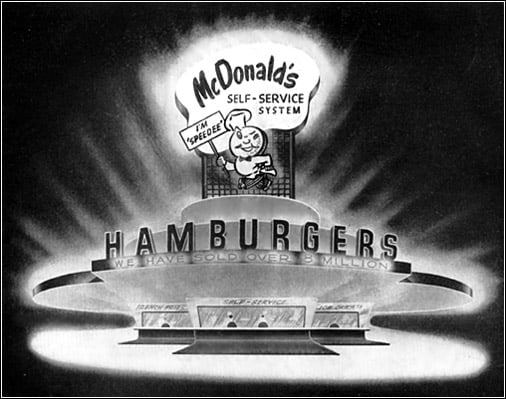
The real drive through restaurant as it first appeared can be seen in the image below:
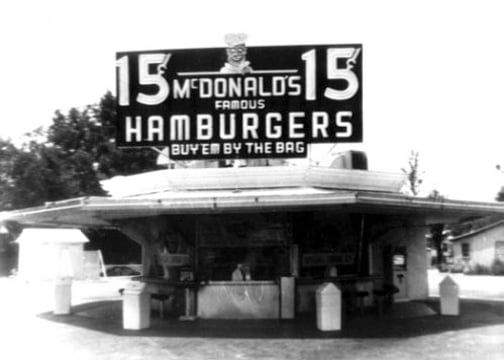
The improved version which was the peak of their innovative rebuild to maximize the Speedee System is the first to feature the now famous golden arches:
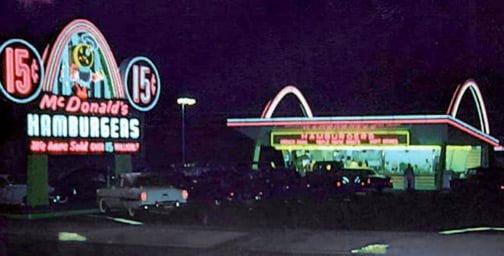
The two brothers saw a problem primarily in the turnover of customers. Car hops, waiters, and waitresses were slow and this lead to build ups of customers and cars unable to get out of the lot. As Dick McDonald describes:
Our whole concept was based on speed, lower prices and volume. We were going after big, big volumes by lowering prices and having the customer serve himself. My god, the carhops were slow. We’d say to ourselves that there had to be a faster way.
The Speedee Service System they created – which was ultimately the product they franchised – relied on a few simple changes:
- Designing a kitchen specifically for the job – They did this by mapping the processes and routes within the kitchen to reduce time and make fractional and incremental gains. This also reduces risk of staff injury or spoiling product through collisions and general kitchen chaos.
- Premaking food – The brothers knew roughly how much they were going to sell, so they made that much food. By using heating trays they were able to keep food for longer and produce goods on the basis of predicted demand rather than acting in response. This allowed for consistency and combated busy periods by building up excess stock. Mac even claims to be the first person to utilize an infra-red heat lamp to keep food warm; using it for his French fries.
- Reducing options – By selecting a smaller menu focused on customer favorites – a menu of only 9 items when Speedee launched – the brothers were able to deliver those items cheaper and faster than before. This price reduction undercut competitors while the high turnover more than compensated for the reduced price. Making food custom de-standardized the process, so was avoided at all costs.
- Implementing self-service – Though not initially popular, this self-service process was already in use in convenience stores and was entering the public psyche. This allowed customers to be served at a much faster rate, synching demand with the newly increased output potential. Moreover, this faster service appealed to a broader demographic of working and middle-class families for whom time was limited.
These techniques saw McDonald’s innovate away from their competitors.
Fordism for drive-thrus.
The Speedee system was so effective that many other common fast food chains come from the brothers’ close circle. From Glen Bell, founder of Taco Bell, to the head of Collins Food International (KFC) James Collins, who said:
There was a fraternity of us, and every one of us saw the McDonald’s in San Bernardino and basically copied it after the boys gave us a tour. We became good friends, and we all took our lessons from the McDonald brothers.
America’s universal franchise
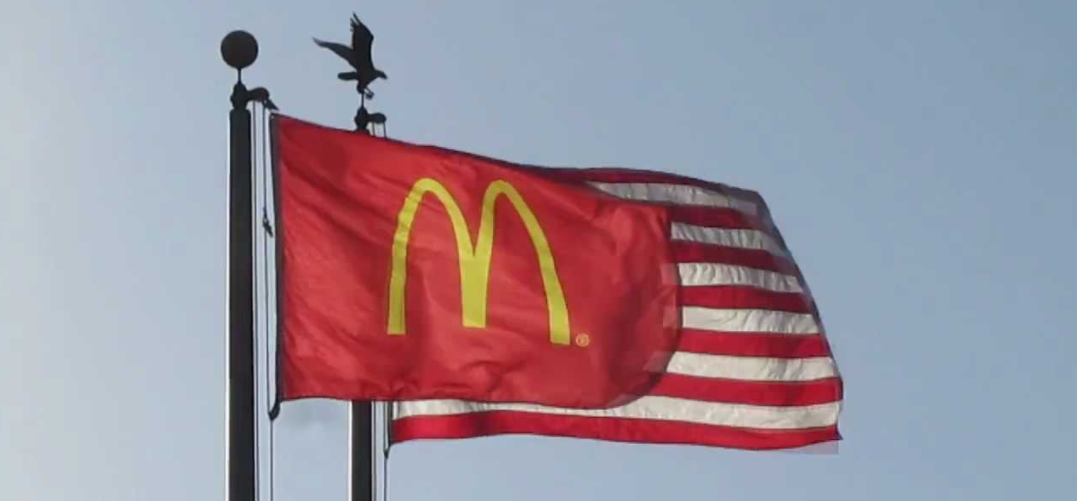
Throughout this article, I’ve presented the modern franchise model as something in-keeping with ideas of American exceptionalism.
Whether this be the romantic cutesiness of mom-and-pop small business or the globally reaching corporate drive, your perspective may decide which of those traits define the franchise model.
Ray Kroc certainly saw his franchises in this light:
Look it is ridiculous to call this an industry. This is not. This is rat eat rat, dog eat dog. I’ll kill ‘em and I’m going to kill ‘em before they kill me. You’re talking about the American way of the survival of the fittest.
And maybe that’s what has made the franchise model so successful. The precise, hardworking McDonald brothers revolutionized an industry while Kroc drove it to dominance. As American essayist Ralph Waldo Emerson is alleged to have said:
If a man can write a better book, preach a better sermon or make a better mouse trap than his neighbors, though he builds his house in the woods, the world will make a beaten path to his door.
Perhaps the franchise model shows that though it might take one person to build the mousetrap, it takes another to serve it to the world when they arrive.
Have you ran a franchise or ever franchised your business? Let us know of your experiences in the comments below!







Adam Henshall
I manage the content for Process Street and dabble in other projects inc language exchange app Idyoma on the side. Living in Sevilla in the south of Spain, my current hobby is learning Spanish! @adam_h_h on Twitter. Subscribe to my email newsletter here on Substack: Trust The Process. Or come join the conversation on Reddit at r/ProcessManagement.